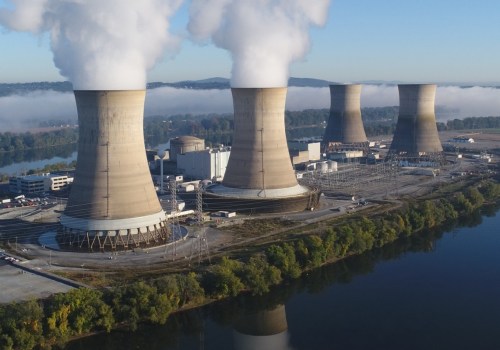When it comes to nuclear radiation, it's important to be prepared and understand the principles of radiation protection. Time, distance and shielding are the three main ways to protect yourself and your family in the event of a radiological emergency. Different types of radiation require different shielding materials, but almost any material can act as a shield if used in sufficient quantities. Lead shielding is often used in a variety of applications, including diagnostic imaging, radiation therapy, nuclear and industrial shielding.
Wood and paper with a thickness of approximately 20 mm can also be used to reduce radiation due to radioactive fallout from nuclear power plants. In the event of a nuclear accident, such as an accident at a nuclear power plant or a terrorist incident, it is important to take steps to protect yourself. Several feet of concrete or a few inches of dense material (such as lead) can block these types of radiation. It is also important to stay informed about the situation and follow the instructions of local authorities. Workers exposed to radiation, such as radiographers, workers at nuclear power plants, doctors who use radiation therapy, those who work in laboratories that use radionuclides, and hazardous materials equipment must use dosimeters in order to record occupational exposure. Residents who lived within a 20 km radius of the nuclear power plant were evacuated shortly after the disaster.
Nuclear protection products exist to protect workers in medical facilities and nuclear power plants. Shielding with wood and paper with a thickness of approximately 20 mm proved to be useful in reducing radiation due to radioactive fallout from the Fukushima Daiichi nuclear power plant. It is necessary for all citizens to consider how to protect themselves against radioactive materials and the consequences every time a nuclear accident occurs. According to the “Monitoring Information of Environmental Radiactivity Level” report, provided by MEXT 2 months after the disaster, at least some of the radionuclides, such as I-131, Cs-134, Cs-137, Te-129m, Te-132 and Sr-89, were detected in Sugitsuma, Fukushima. Occupational hazards from airborne radioactive particles in nuclear and radiochemical applications are greatly reduced by the widespread use of glove boxes to contain such material. By understanding the principles of radiation protection and taking steps to protect yourself in the event of a radiological emergency, you can help ensure your safety and that of your family.






